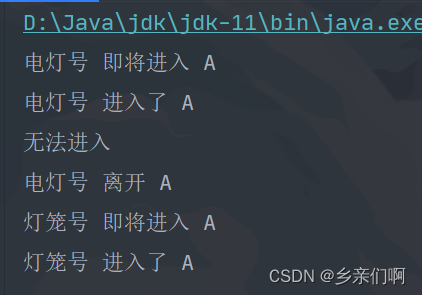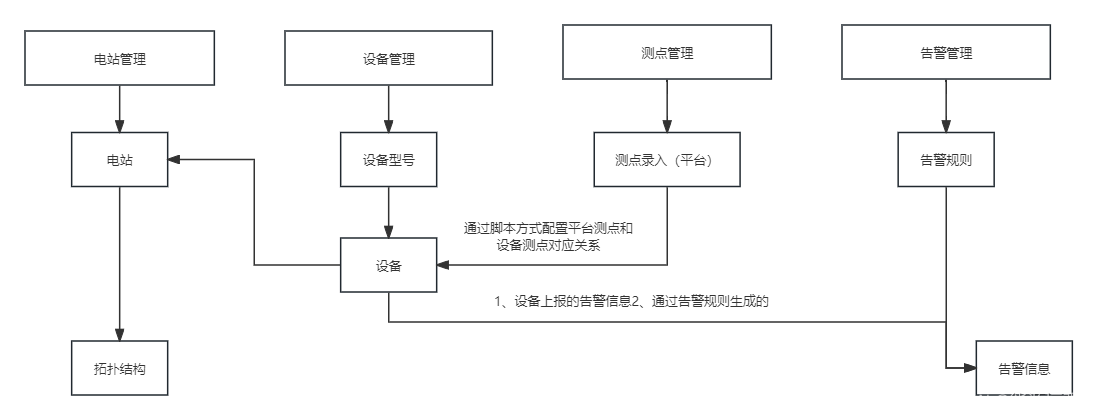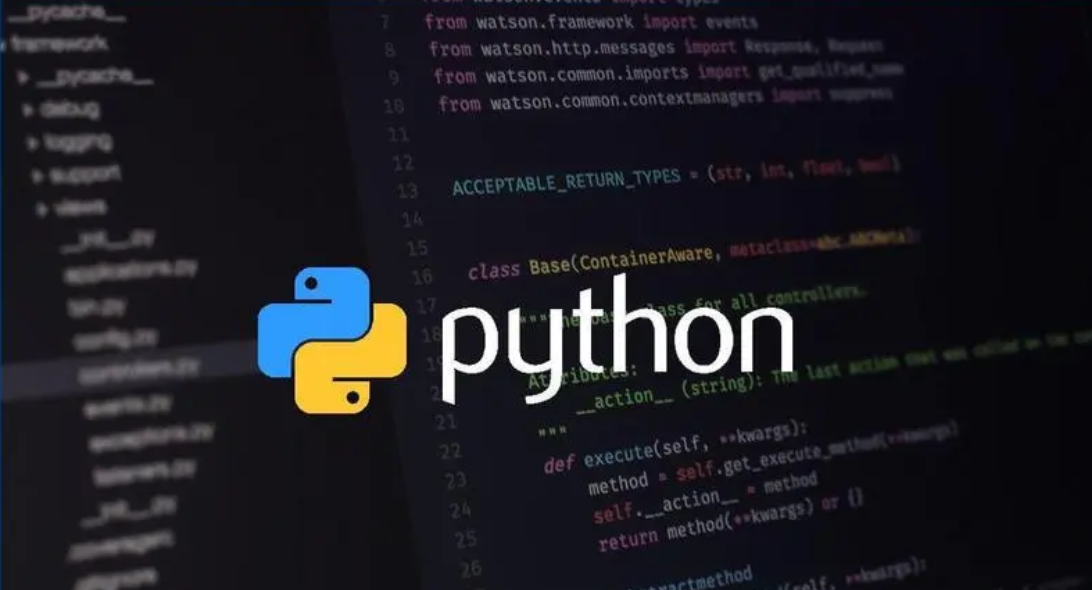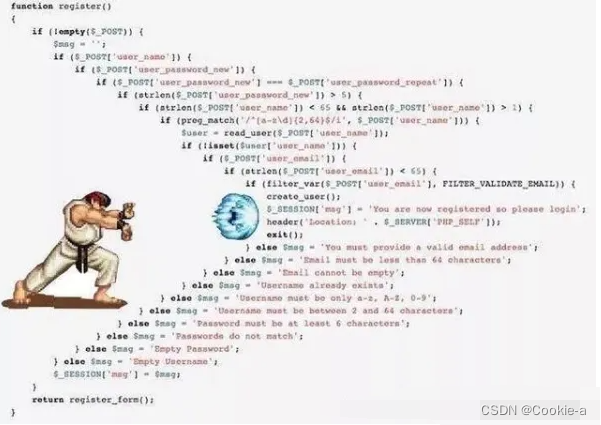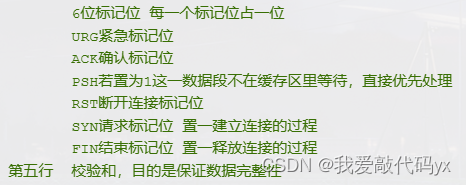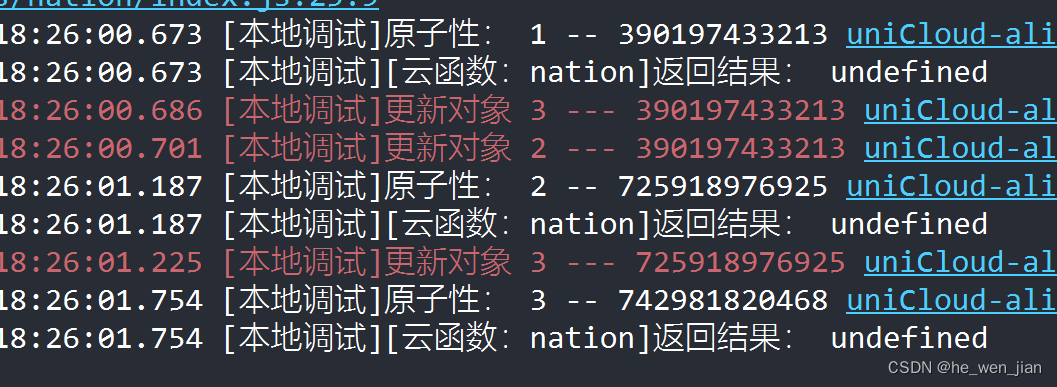
题解一:
前缀 / 后缀数组:某元素除自身以外的乘积,也就是其全部前缀元素乘积 * 全部后缀元素乘积,因此我们可以构造前缀数组和后缀数组,分别存储前i个元素的成绩和后i个元素的乘积,再将i-1前缀乘积 * i+1后缀乘积得到结果并用新数组存储。
class Solution {
public int[] productExceptSelf(int[] nums) {
int n = nums.length;
int[] left = new int[n];
int[] right = new int[n];
int[] result = new int[n];
left[0] = nums[0];
right[n - 1] = nums[n - 1];
for (int i = 1; i < n; i++) {
left[i] = left[i - 1] * nums[i];
}
for (int i = n - 2; i >= 0; i--) {
right[i] = right[i + 1] * nums[i];
}
result[0] = right[1];
result[n - 1] = left[n - 2];
for (int i = 1; i < n - 1; i++) {
result[i] = left[i - 1] * right[i + 1];
}
return result;
}
}题解二:
O(1)空间复杂度解法:题目规定输出数组不视为额外空间,因此可以直接在输出数组进行前缀数组和后缀数组的计算,先从左到右计算前缀数组,再从右到左直接将后缀数组乘入前缀数组。需要注意边界值的处理。
class Solution {
public int[] productExceptSelf(int[] nums) {
int n = nums.length;
int[] result = new int[n];
int pre = nums[0];
for (int i = 1; i < n; i++) {
result[i] = pre;
pre *= nums[i];
}
result[0] = 1;
int after = nums[n - 1];
for (int j = n - 2; j >= 0; j--) {
result[j] = result[j] * after;
after *= nums[j];
}
return result;
}
}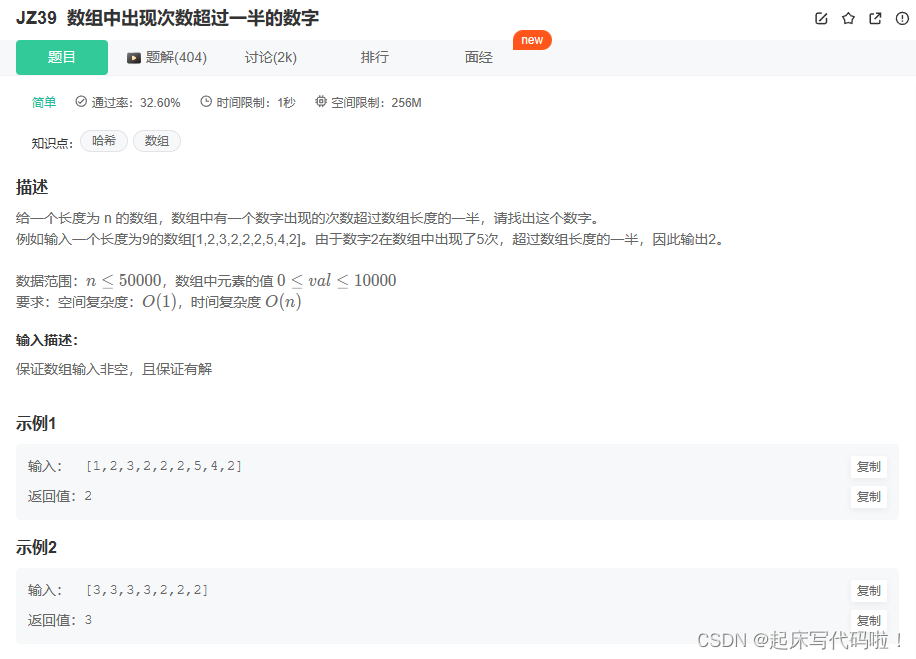
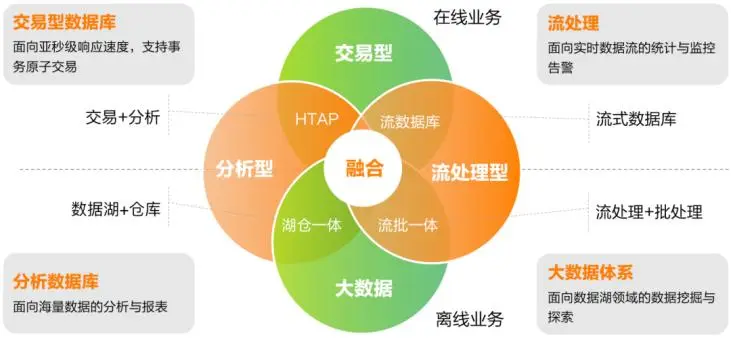
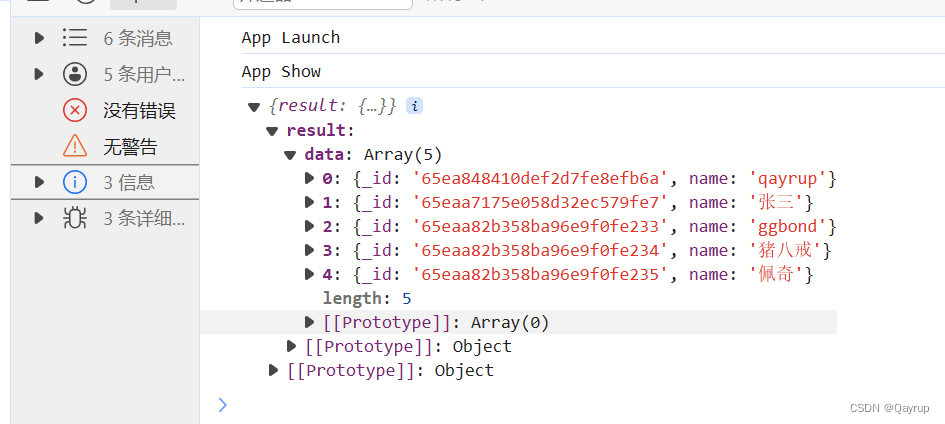
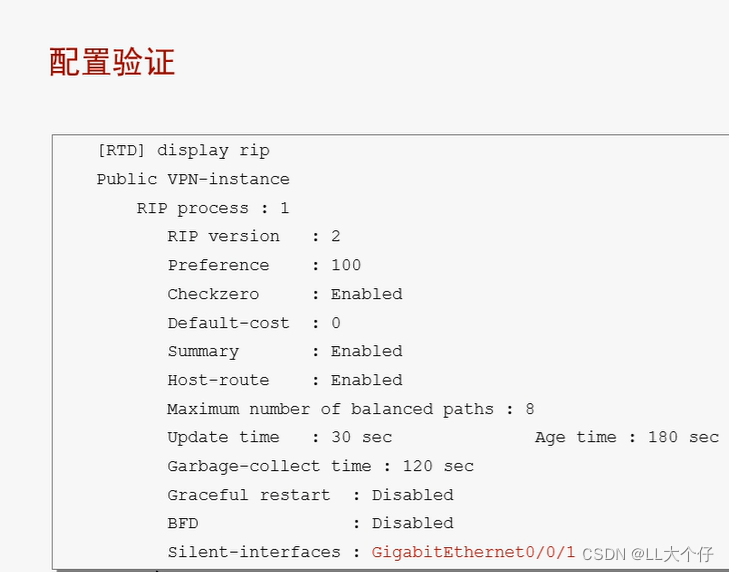

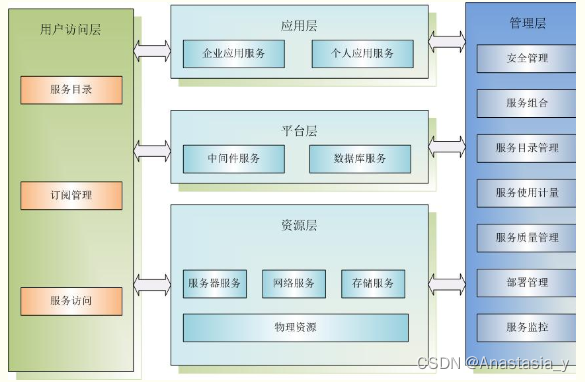
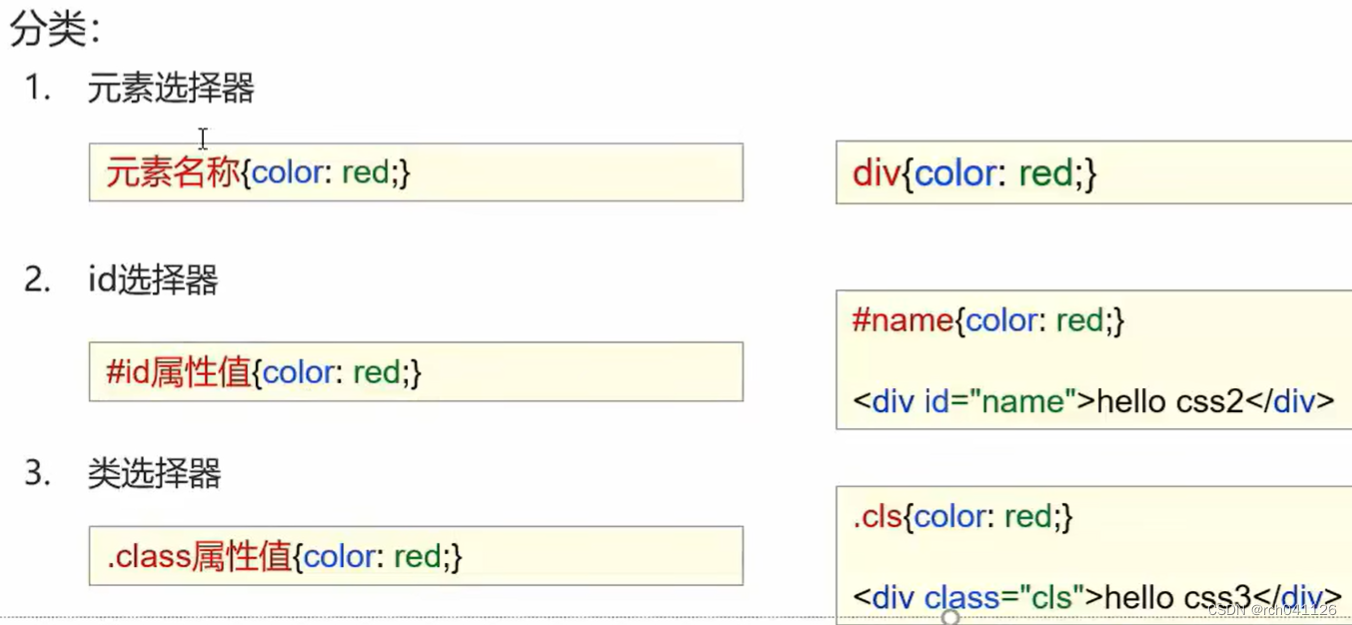

![[递归、搜索、回溯]----递归](https://img-blog.csdnimg.cn/direct/94861d50f94d4032950d8bb236a9e81e.png)
